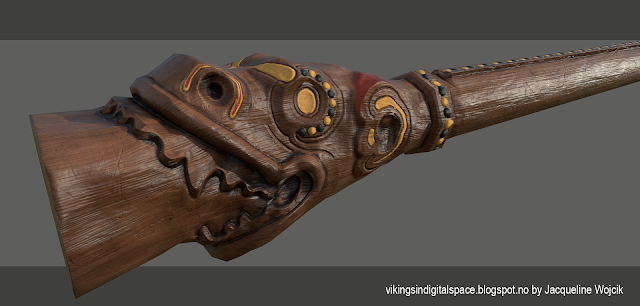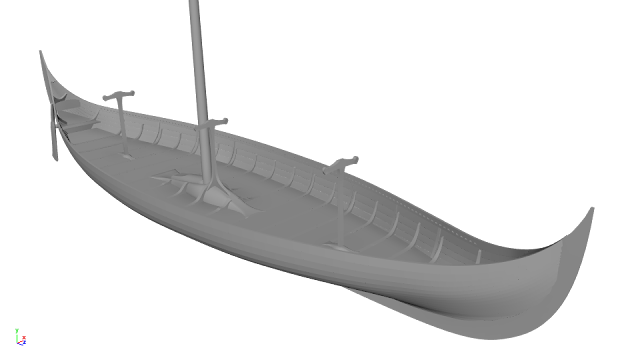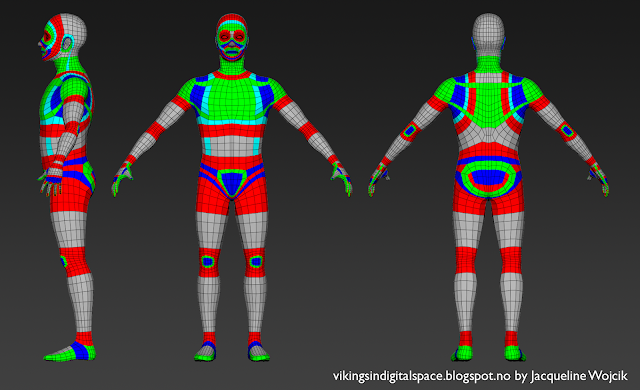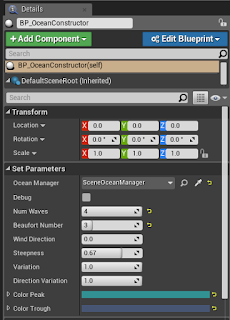Project Purpose
Game development technology and virtual space hold the potential to recreate history in an immersive medium. Using archaeological research as their basis, artists can replicate historical environments in informative, game-like software by using existing game development tools. Interaction with this environment can inspire users to further exploration and research. Well-designed video games are powerful learning tools, placing players in complex systems and prompting engagement ( Gee, 2005 ). Kurt Squire, a researcher in games and education, often cites his experience teaching at-risk students world history with Civilization III ; students learned geography, economics, and politics through the game and were motivated to study on their own to gain a competitive edge ( Squire, 2006 ). Coupled with educational potential, game-like interactive software rooted in historical and archaeological research can immerse and help the public learn about unique historical en...





